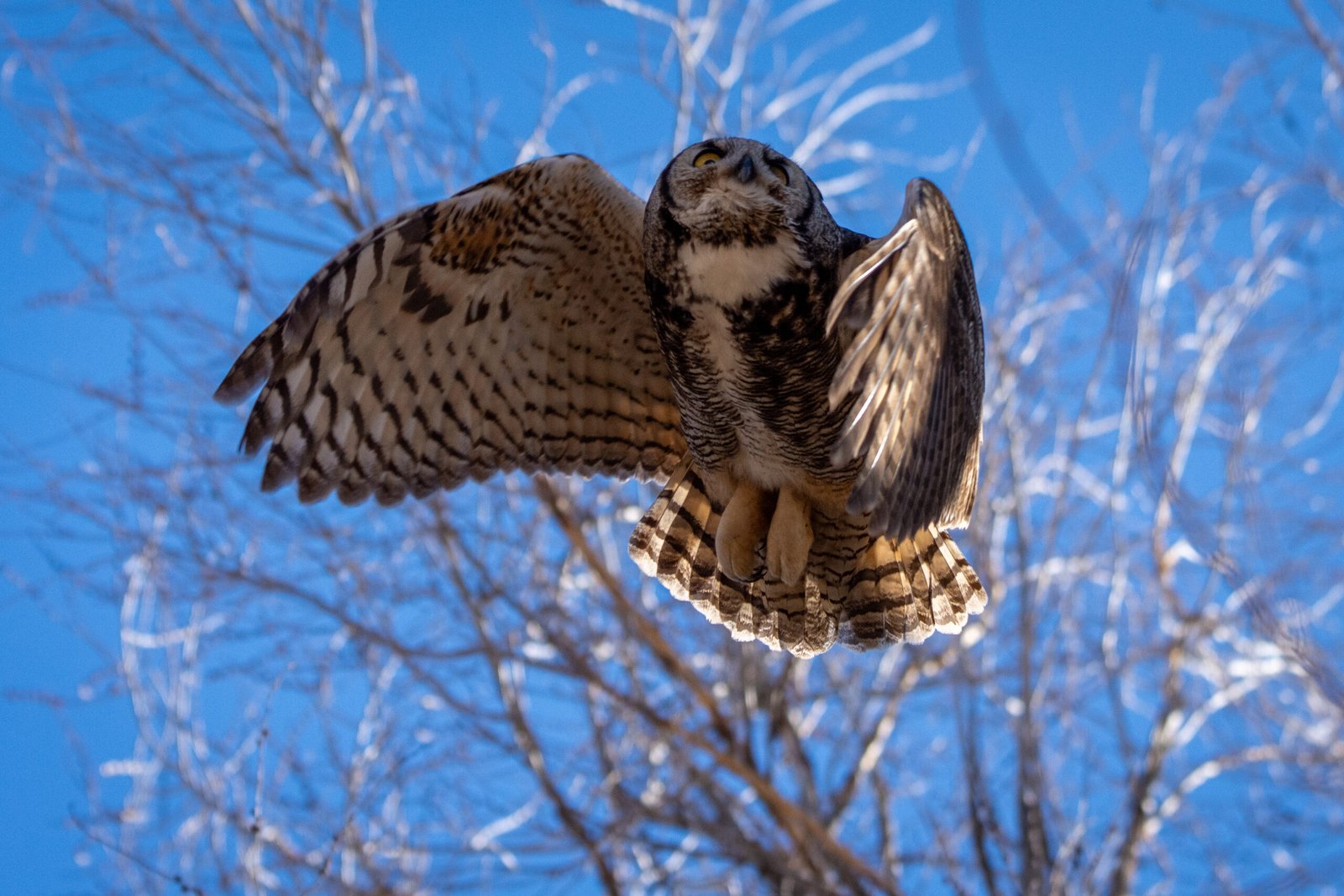

Close

Racing photography is an exciting and challenging field that combines the love for sports and the art of capturing dynamic moments. Whether you’re a motorsport enthusiast or a photography enthusiast looking for a new genre to explore, getting into racing photography can be a rewarding experience. In this article, we will discuss some essential steps to help you get started in the world of racing photography.
Before diving into racing photography, it’s important to have a solid foundation in the basics of photography. Familiarize yourself with concepts such as exposure, composition, and lighting. Understand how to use manual settings on your camera and experiment with different techniques to capture motion effectively.
Invest in a good quality camera with interchangeable lenses, as this will give you more flexibility in capturing different perspectives and details. Additionally, learn how to edit your photos using software such as Adobe Lightroom or Photoshop to enhance the final result.
To get started in racing photography, it’s crucial to research and find out about upcoming racing events in your area. Look for local racetracks, motorsport clubs, or organizations that host racing events. Check their websites, social media pages, or local event listings to stay updated on upcoming races.
Attending smaller local races can be a great way to practice and gain experience before moving on to larger, more high-profile events. These events often have more accessible areas for photographers to capture the action up close.
Each racing discipline has its own unique characteristics and dynamics. Whether it’s Formula 1, MotoGP, NASCAR, or any other racing series, take the time to understand the rules, strategies, and key moments that define the sport. This knowledge will help you anticipate and capture the most exciting moments during races.
Study the tracks, learn about the drivers or riders, and familiarize yourself with the different racing techniques. Knowing the sport inside out will enable you to capture more impactful and meaningful photographs.
When it comes to racing photography, having the right equipment is essential. Invest in a fast and reliable telephoto lens to capture the action from a distance. A lens with a focal length between 200mm and 400mm is generally recommended for capturing racing moments effectively.
Consider using a monopod or tripod to stabilize your camera, especially if you’re shooting for an extended period. This will help reduce camera shake and ensure sharp images. Additionally, having extra memory cards, batteries, and a camera bag to carry your equipment is crucial for a successful day of shooting.
Before the race begins, scout the racetrack to find the best shooting locations. Look for spots that offer a clear view of the track and provide interesting angles or backgrounds. Areas near turns, start/finish lines, or overtaking zones often yield exciting photo opportunities.
Pay attention to safety regulations and guidelines set by the event organizers. Always stay in designated areas and follow their instructions to ensure your safety and the safety of others.
During the race, focus on capturing the action and the emotions of the drivers or riders. Experiment with different shutter speeds to convey motion, from freezing the action with a fast shutter speed to creating motion blur with a slow shutter speed.
Try capturing different perspectives, such as close-ups of the drivers or riders, wide-angle shots of the entire track, or panning shots that follow the moving subject. Be patient and ready to react quickly to capture those decisive moments that make racing photography so thrilling.
As you gain experience and capture stunning racing photographs, build a portfolio to showcase your work. Create an online presence through a website or social media platforms dedicated to your racing photography. Share your best images and engage with other photographers, motorsport enthusiasts, and potential clients.
Networking is essential in the photography industry, so attend photography exhibitions, workshops, or events related to motorsports to connect with like-minded individuals and professionals. Collaborate with local racing teams or publications to get your work published and gain exposure.
Getting into racing photography requires a combination of technical skills, knowledge of the sport, and a passion for capturing thrilling moments. By learning the basics of photography, understanding the dynamics of racing, investing in the right equipment, and practicing at various events, you can develop your skills and create compelling racing photographs. Keep exploring, learning, and refining your craft, and soon you’ll be on your way to becoming a successful racing photographer.